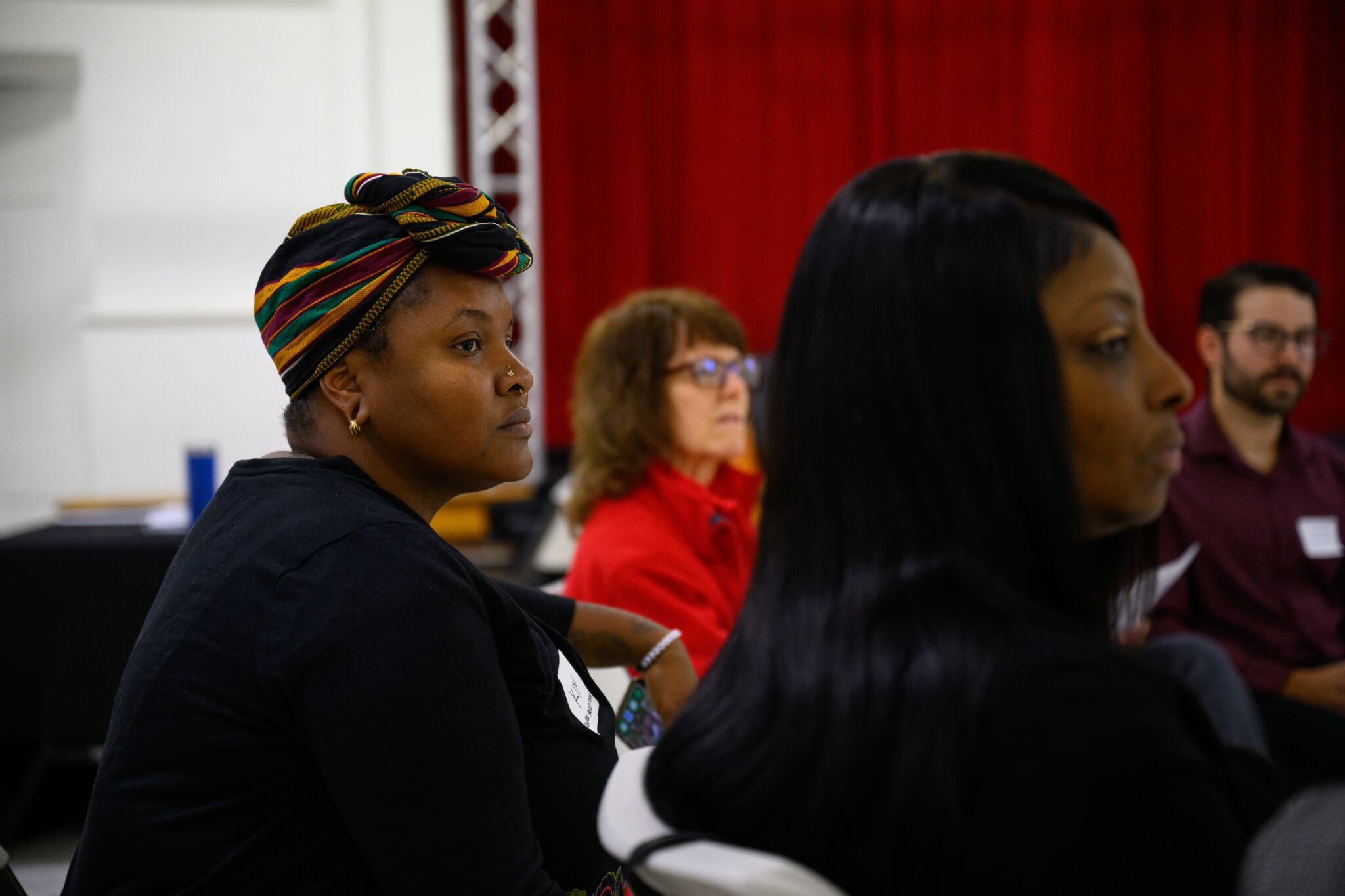Black History Month: My Journey of Nurturing and Advocacy
Black History Month honors the stories, strength and struggle of the Black community in the United States. Pat Ni’ma-Mohammed has been honored for her role as Political Action Chair of the NAACP Trenton Chapter with the President’s Award for excellent leadership and community involvement, as well as an earlier Outstanding Service Award. A licensed social worker and member of THT’s Care Management Team, she shares her inspiration in this blog.
In addition to Harriet Tubman and Tina Turner, one of my mentors is Mary Church Terrell (1863-1954). She was the first African-American social worker. Born into a prominent elite family, her father Robert Church was the first African-American millionaire in Memphis, TN.
Although Mrs. Terrell was born into a family with wealth, she still experienced and witnessed systemic racism, segregation, and injustice. With the lynching of her friend, Thomas Moss, the spark of her fight against racial discrimination was ignited. That injustice prompted her to become an ambassador for the African-American community, starting in Memphis and later in Washington, DC.
Her campaign to fight for marginalized and mistreated focused on discrimination. This included Jim Crowism, lack of due process, redlining, social injustices, segregation and police brutality imposed on African-Americans.
Did you know that in the 1930s, a comment was made that “…America is making progress toward the creation of the kind of order I want for Germany…the US has achieved the fundamental recognition of the need for a race state.” The speaker? Adolph Hitler. The Nazis looked to America to learn how to turn racism into law. In fact, The Nuremberg Laws were inspired by America’s Jim Crow Laws.
Some Americans may feel those days are behind us. However, in a 1999 article entitled, “Still separate after all these years,” a study by The Harvard Civil Rights Project found that schools were more segregated in 2000 than in 1970, when busing for desegregation began.
Indeed, the US Supreme Court in 2007 invalidated voluntary school integrations plans in Seattle, Washington, paving the way for contemporary school segregation to escalate. (Parents Involved in Community Schools v Seattle School District)
So I would venture to say that “furniture” has been moved around — but social disparities persist. Yet on a micro level, I can help in some small way.
In my role as a social worker at THT, I encounter clients who have experienced a generation of despair, disillusionment, and hopelessness. Because of this, many hearts are hardened.
Nevertheless, I have developed a strategy that has worked for me through the years. I have often pictured myself walking down a street, looking at blocks of concrete and visualizing small cracks where a blade of grass has “pushed through” the muck and mire of oppression.
Ultimately, when I have completed my journey of nurturing and advocating for my clients, they come away with a glimpse of HOPE (Having Only Positive Experiences).
My wish is to see a domino effect occur where they pass this glimpse of HOPE on to others.










